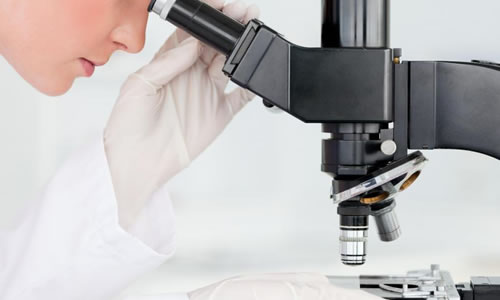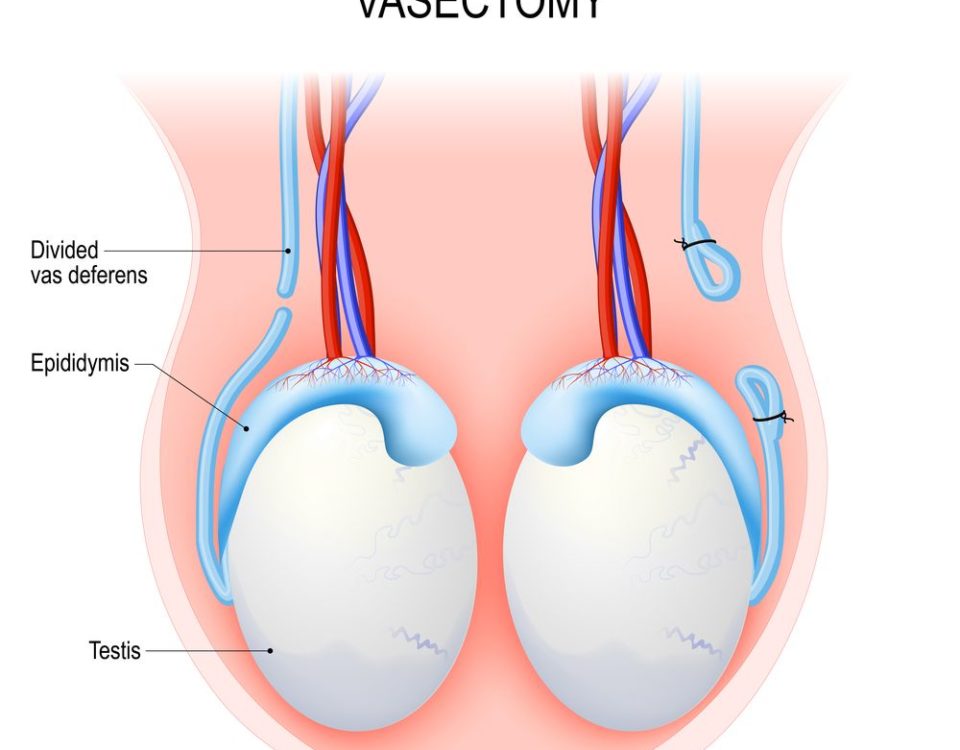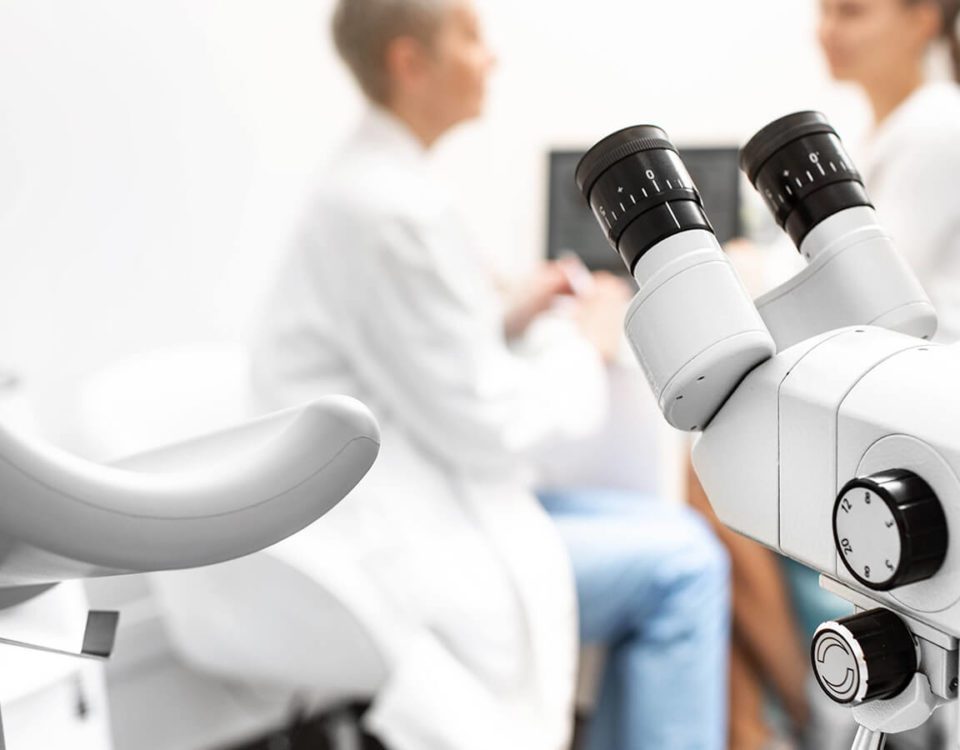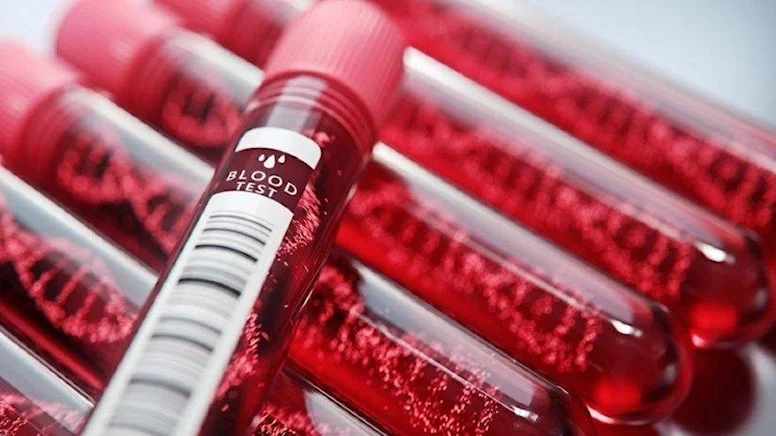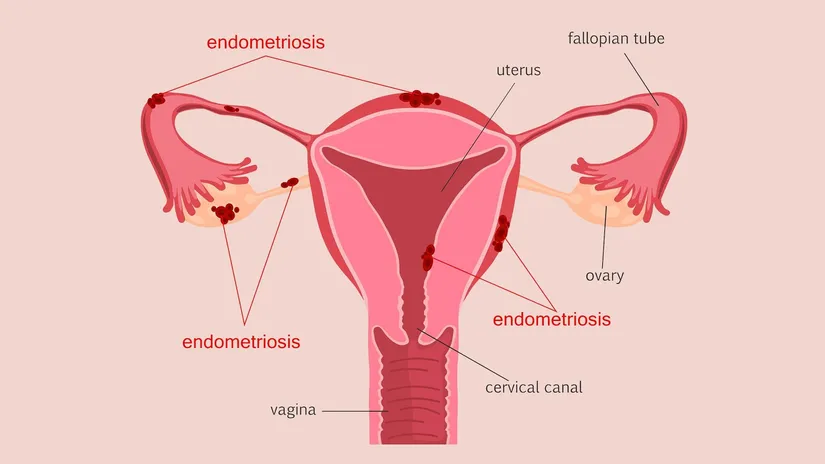Asherman’s syndrome, commonly known as intrauterine adhesions, is defined as adhesions that occur inside the uterus. One of the most important causes of this syndrome, which occurs mostly in underdeveloped countries, is surgical interventions such as intrauterine abortion. In one type of interventions, if there is an infection during the procedure, if an infection occurs after the procedure or if a piece remains inside, scar tissue may form in the uterus and adhesions may occur. In addition, sloppy procedures with old-fashioned techniques can also damage the deep endometrium layer. This increases the risk of adhesions.
Sometimes Asherman’s syndrome can develop without surgery, for example as a result of severe pelvic inflammation, tuberculosis or a parasitic infection called schistosomiasis.
Symptoms of Asherman Syndrome
In order for Asherman’s syndrome to be recognized, symptoms that were not previously present must occur after intrauterine interventions such as abortion. Symptoms of Asherman syndrome include cessation of menstrual bleeding, decreased menstrual bleeding intensity, recurrent miscarriages and infertility.
Diagnosis and Treatment of Asherman Syndrome
In the diagnosis of Asherman’s syndrome, no abnormalities are usually detected during the gynecological examination. Ultrasound alone is also not enough to diagnose Asherman syndrome. On ultrasonography, the endometrium is usually seen close to normal, but when ultrasound is performed by introducing fluid into the uterus, adhesions that have formed in the uterus can be observed. The definitive diagnosis of the syndrome is made by hysterosalpingography (HSG, uterine X-ray).
Asherman’s syndrome is treated by hysteroscopy. If the syndrome causes infertility or missed periods, it must be treated. Treatment is surgical. In the hysteroscopic procedure, adhesions are cut and treated.
After the surgical procedure, the patient may need to use a spiral or balloon for a certain period of time to prevent any adhesions from happening again. In addition, the patient can be given estrogen hormone to help the endometrium layer to develop.


